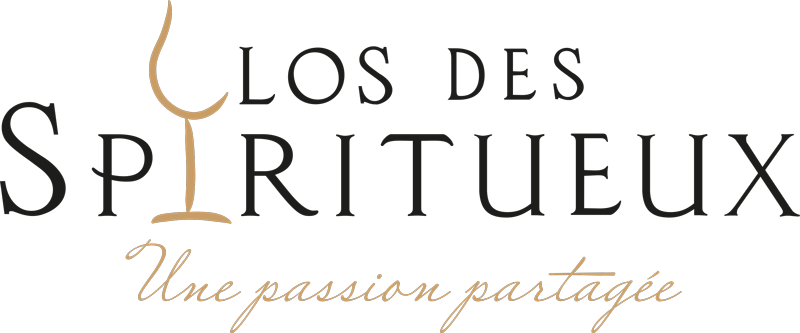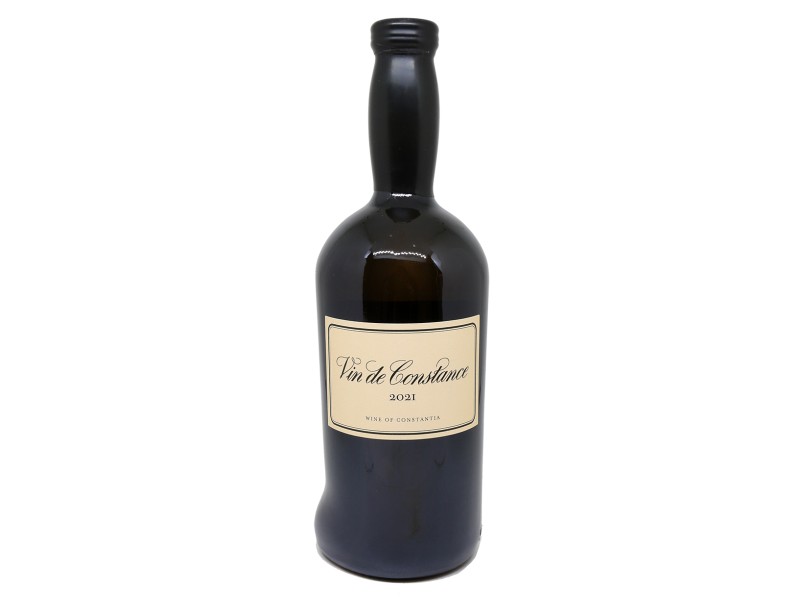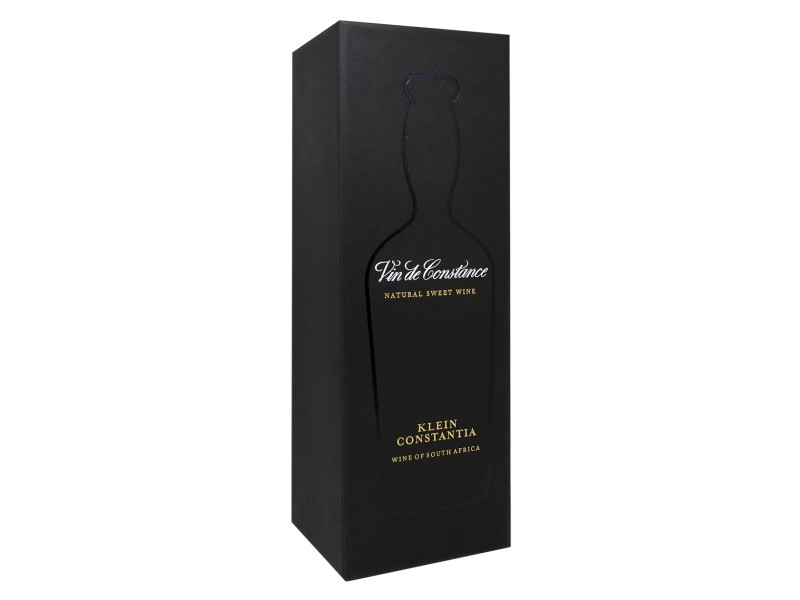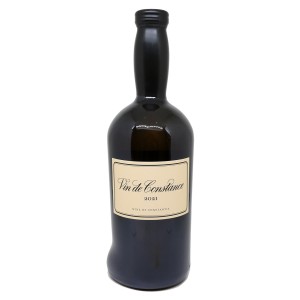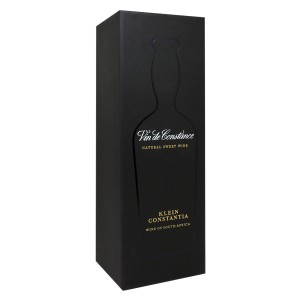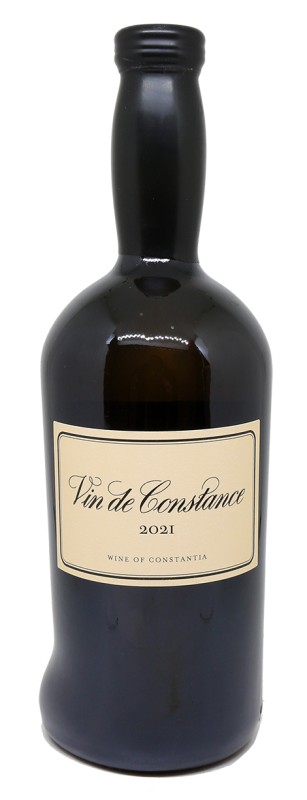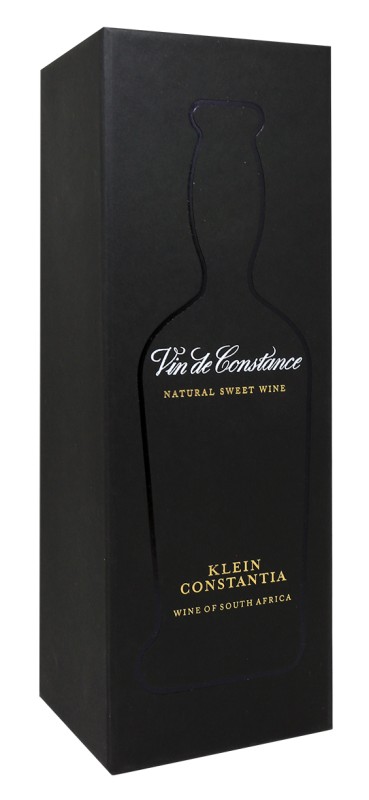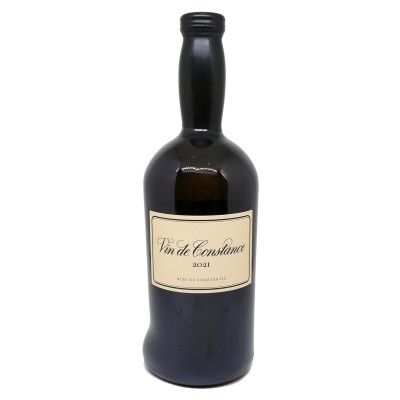Klein Constantia - Wine of Constance 2021
Klein Constantia is located in Constantia , above Cape Town in South Africa . The 146-hectare estate was originally part of 'Constantia', a vast estate created in 1685 by Simon van der Stel , the first governor of the Cape. The first vines were planted in 1652, and in 1659, Vin de Constance was one of only three wines from the Southern Hemisphere to be listed among the '44 Greatest Wines in the World '. Constantia's first international export took place in 1726. It quickly became a favorite of European nobility, including the Prussian Emperor Frederick the Great, whose cellar contained 409 bottles of "Capp Constancia" in October 1777. At Versailles, the cellar of Louis XVI and Marie Antoinette contained 2,634 bottles of "Vin du Cap de Constance" in November 1782. Lambertus Johannes Colyn took over the estate in 1798 and had extensive knowledge of sweet winemaking; in his journal, he described everything from soil preparation (one basket of manure was used for every four vines) to pest control and fining (each barrel with a basin of sheep or goat's blood). Napoleon Bonaparte, in exile on the island of Saint Helena, enjoyed up to a bottle of Vin de Constance a day. He is said to have even asked for a drink on his deathbed, refusing all other food and drink offered to him. However, in 1872, winemaking at Constantia ceased due to labor shortages following the abolition of slavery, the arrival of powdery mildew, and the shift in wine market taste from sweet to dry. In 1980, Duggie Jooste purchased Klein Constantia and decided to restore the farm to its former winemaking glory. The first modern vintages of Klein Constantia Sauvignon Blanc and Cabernet Sauvignon were produced from 1986, followed by the famous Vin de Constance in 1990. Lasting changes were made from 2003, and the estate was sold in 2011 to Czech-American investor Zdenek Bakala and British businessman Charles Harman . In June 2012, well-known Bordeaux wine personalities Bruno Prats and Hubert de Boüard merged their Stellenbosch-based farm 'Anwilka' with Klein Constantia.
Vin de Constance is made from Muscat de Frontignan . The grapes are hand-harvested in several batches, ranging from clusters of ripe berries with high acidity to individual raisins with intense sugar concentration. The grapes are then macerated and fermented, each batch kept separately and treated differently to achieve the perfect ratio of sugar, alcohol, and acidity. Cold maceration on the skins can take up to 2 weeks. Each batch is gently pressed into 500-liter barrels for fermentation, which stops naturally and without intervention; this takes from 6 months to a year. After fermentation, the wine is aged on its large lees in a combination of new French oak, Hungarian oak, and French acacia for at least 3 years . No racking or movement of the wine takes place until the final blend is reached.
“The nose reveals complex aromas of apricot, sandalwood spice, and Seville marmalade. There is a pronounced bright acidity and salinity, with flavors of nutmeg, citrus, jasmine flower, and rosewater. Smooth and rich, the palate is textured and complex, with a delicate oaky spice note on the mid-palate. The subtle balance of sugar and acidity creates a drier Vin de Constance style. Concentrated and lively, the wine concludes with a long, tangy, almost bitter finish.”
Grape variety: 100% Muscat de Frontignan
